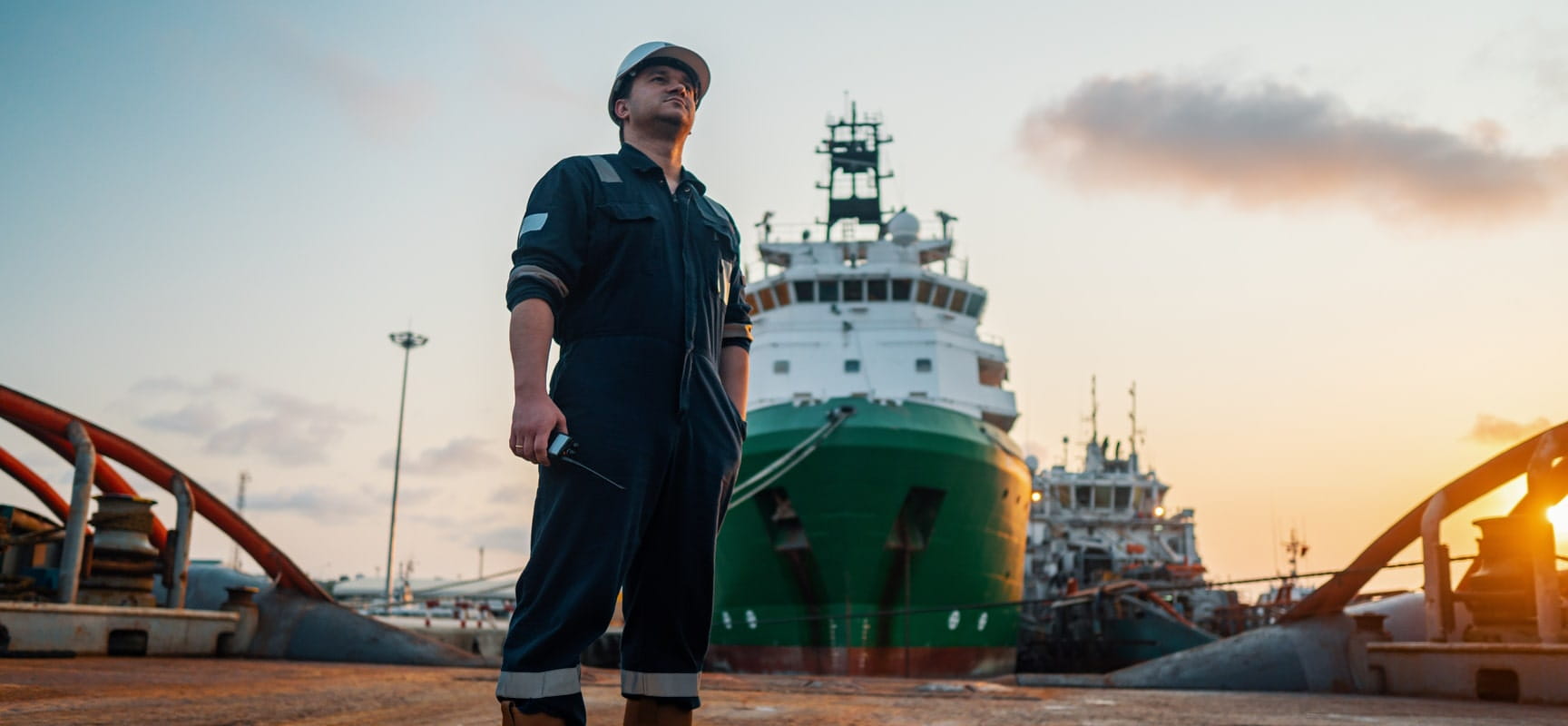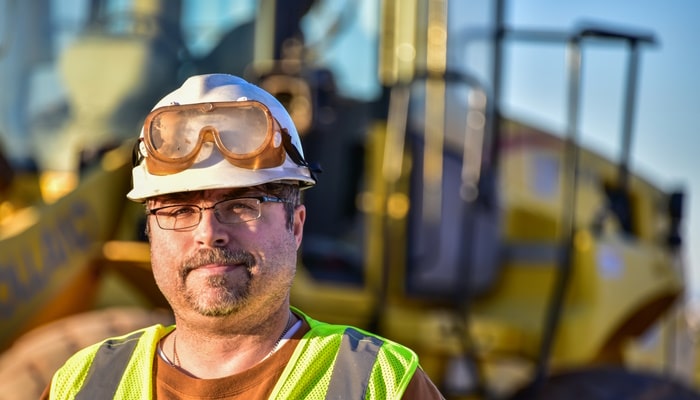
Understanding the Narrow Application of the Longshore and Harbor Workers Compensation Act LHWCA for Bridge Workers
The Longshore and Harbor Workers' Compensation Act (LHWCA) is an important federal law designed to provide benefits to employees engaged in maritime work or occupations, covering those who work either full or part-time on the navigable waters of the United States or in adjoining waterfront areas.
To be eligible for longshore benefits under the LHWCA, employees must satisfy both the "status" and "situs" tests. The status test concerns the nature of the employee's work performed for the employer, covering traditional maritime occupations like longshore workers, ship repairers, ship builders or ship breakers, and harbor construction workers. However, it excludes individuals in non-maritime roles or those covered by state workers' compensation law. The situs test, on the other hand, focuses on the location of work, requiring that the injury occur on navigable waters of the U.S. or in areas like piers, docks, terminals, and similar waterfront locations.
Section 902(3) of the LHWCA Act outlines who is covered by the Act (status) and where they must be working to be covered by the Act (situs).
Bridges, whether over navigable waters or not, are considered “extensions of land” except for a few narrow exceptions. Bridge construction or repair work that does not specifically aid in navigation (e.g., drawbridges) is typically not covered by the LHWCA, with injuries occurring under such circumstances being compensated under state law.
Amendments made to the LHWCA in 1972 expanded coverage landward but maintained that bridge workers are generally not covered under the Act, except under specific conditions that might aid navigation. For instance, work on drawbridges or work performed from floating platforms may be covered. The 1983 Supreme Court case, Director, OWCP v. Perini North River Associates, affirmed that workers injured on navigable waters who would have been covered before the 1972 amendments remain covered under the current law.
While the LHWCA is an important law that provides essential protections for maritime workers, its coverage has specific limits, particularly regarding work on bridges. This highlights the narrow interpretation of eligible work environments and activities under the Act.

Related articles

April is an important month for the construction industry, as it champions National Safe Digging Month and National Work Zone Awareness Week. These initiatives are not just about safety; they are...

Surety bonds play a crucial role in the construction industry, providing financial protection and ensuring project completion. Two common types of surety bonds used in construction projects are bid...

When it comes to high-risk industries like construction, numerous factors can jeopardize a company's operations and financial equilibrium. These can range from construction site mishaps to property...